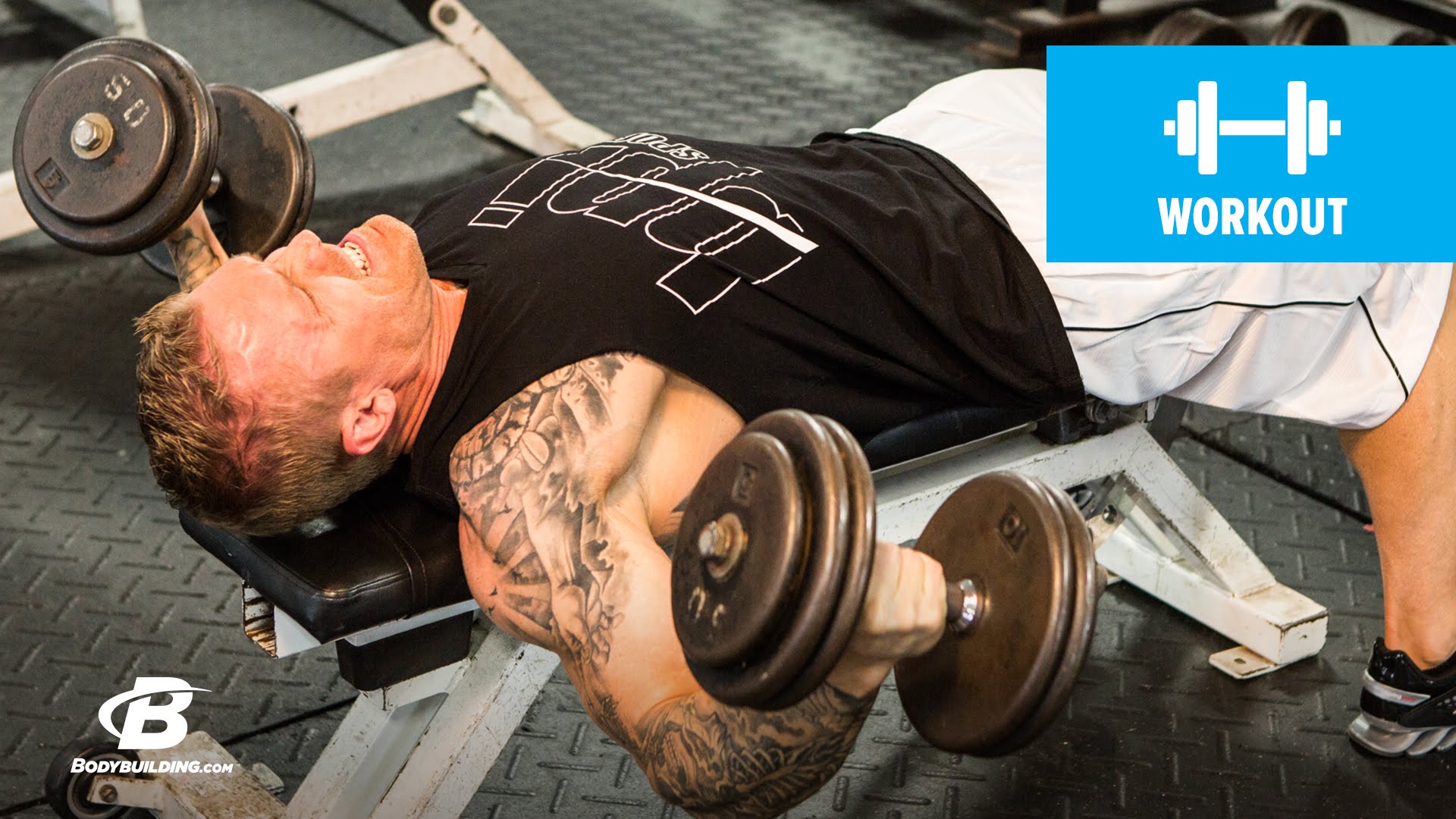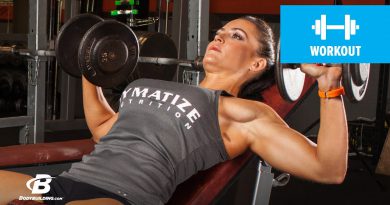Lower Back Pain Relief – Is Yoga the Answer?
Episodes of lower back pain are so common that, according to the Spine-Health website, "at least four out of five adults [in the United States] will experience it at some time in their lives." Although few episodes of back pain warrant surgery, the pain can be long lasting in nature and severe in perception. Moreover, the specific cause of this pain is often difficult to diagnose, leading its victims to a constant-but mostly unsuccessful-search for means to relieve their discomfort.
Further, the search for, and analysis of, such remedies can be confusing as the two most-often prescribed treatments for this condition are polar opposites:
Resting the muscles of the lower back
Exercise
Of these two remedies, however, an increasing body of research indicates that exercise, particularly those exercises that gently stretch the muscles of the lower back, are particularly effective at relieving this condition. There have been a number of studies examining the effectiveness of yoga in treating back pain. Such studies show that certain types of yoga (ie, yoga therapy or hatha yoga) which emphasize gentle stretching postures are indeed effective means to alleviate lower back pain.
Compelling Research into Yoga and Back Pain
One such study, published in the September 1, 2009 issue of the medical journal, Spine, is a compelling case in point.
Researchers at the Department of Community Medicine at West Virginia University, led by Dr. Kimberly Williams, conducted a 3-year study into the effects of a regular practice of Iyengar Yoga (a form of hatha yoga) had on those who suffered from chronic lower back pain. It should be noted that back pain is considered to be chronic if it lasts for more than three months without significant, or any, remission of the pain.
For this study into yoga and back pain, the researchers selected 90 participants who had varying levels of functional impairment due to chronic lower back pain. The group was then randomly assigned to one of two categories: those that received yoga instruction and a "control" group that received only standard medical treatments.
Research Methodology
Those who were selected for the "yoga" group received 90-minutes of instruction, twice a week, from a certified Iyengar Yoga instructor. For 24-weeks, this group performed yoga postures that are believed to relieve the symptoms of chronic lower back pain. The control group received only standard medical therapies for the 24-weeks.
At the end of the 24-weeks, the researchers observed that the yoga group had a greater reduction of pain and functional impairment than did the control group.
Following this 24-week period, both groups were closely monitored for six months. Using several different methods to analyze the remaining chronic back pain of the participants, including a pain medication-usage questionnaire, the researchers concluded that, at the end of the six months, the yoga group had a statistically significant reduction in pain and functional impairment than did the control group.
Moreover, the yoga group showed a greater reduction in pain medication than did the control group.
Facts About Yoga and Back Pain
One of the reasons why yoga may work so well at relieving lower back pain is its gentle stretching and massaging action on the muscles. Dr. Peter F. Ullrich, an orthopedic surgeon with the NeuroSpine Center of Wisconsin, believes that stretching the soft tissues, which includes the muscles and tendons of the lower back is key to relieving back pain.
But yoga is not the only such physical exercise that can bring relief. Indeed, any exercise, including walking, has been shown to ease lower back pain. That said, exercises that gently stretch the muscles of the lower back, legs, and buttocks are particularly effective at combating this condition. Thus, the slow, gentle, stretching postures embodied by certain forms of yoga may well be superior to any other form of exercise for easing lower back pain.
Yoga Postures that Relieve Lower Back Pain
Although many yoga postures have been shown to relieve lower back pain, the following three have proven to be particularly effective. Although it is recommended that a practitioner work with the patient to teach the correct alignment and technique, a summary of recommended poses is included as a reference.
Pelvic Tilt Pose. This is a subtle pose that incorporates a basic movement. The idea behind it is to strengthen the abdominal muscles around the lower back; bridging yoga and back pain. Pelvic tilts can be performed lying down on a floor or standing against a wall. When they are done correctly, they even supply a massage-like feeling to the back
Lying on the back, the knees are pulled up so that the feet are flat on the floor. In the starting position, the lower back should be raised slightly from the floor due to the natural curve of the lumbar spine. Exhale and gently rock the hips back towards the head. The lower back should then press against the floor. This pose should be held for a few seconds before returning to the starting position. The entire sequence of movements should be repeated 5 to 10 times.
Supported Bridge Pose. This pose takes the pelvic tilt to another level of intensity. Lying on the back, the knees are pulled up so that the feet are flat on the floor. The arms rest on the floor alongside the body. (The hands will barely be able to touch the feet as they rest flat on the floor.) The feet are then pressed down onto the floor, which action serves to lift the hips off of the floor. A yoga block is then slid underneath the sacrum; the triangular-shaped bone at the base of the spine. The sacrum rests on the block for up to several minutes, depending upon the nature of the sensation experienced by the individual.
Supine Spinal Twist Pose. The supine spinal twist pose does exactly what the name implies; gently twists the spine from a prone position. It is helpful in relieving back pain, but should be approached with caution, especially for those suffering from degenerative disk disease. While lying on the back, the legs are pulled up so that the feet are flat against the floor. The hips are then turned about an inch to the right while lifting them slightly off of the floor. The right knee is then pulled into the chest as the left leg is extended out, resting on the floor.
In a swiveling motion, the right knee is then brought across the body to the left side. (The right arm is kept open and in line with the shoulder while the left hand rests comfortably on the knee). The head is then turned to the right, looking over the shoulder. The left knee and right shoulder is slowly released back towards the floor. This pose is held for 5 to 10 breaths before pulling the left knee into the chest and repeating the directions above.
Precautions
Before performing any yoga exercises, a doctor's consultation is advisable, or certainly that of a certified yoga therapist. Either will understand the relationship between yoga and back pain and can offer knowledgeable advice on which yoga exercises will bring relief of back pain and which yoga exercises may exacerbate the condition for a given individual.
Although yoga is not the only answer for the relief of lower back pain, it has proven to be one of the best natural methods of addressing this chronic and often debilitating condition.
Lower Back Pain Relief – Is Yoga the Answer? by Cara Zolinsky




